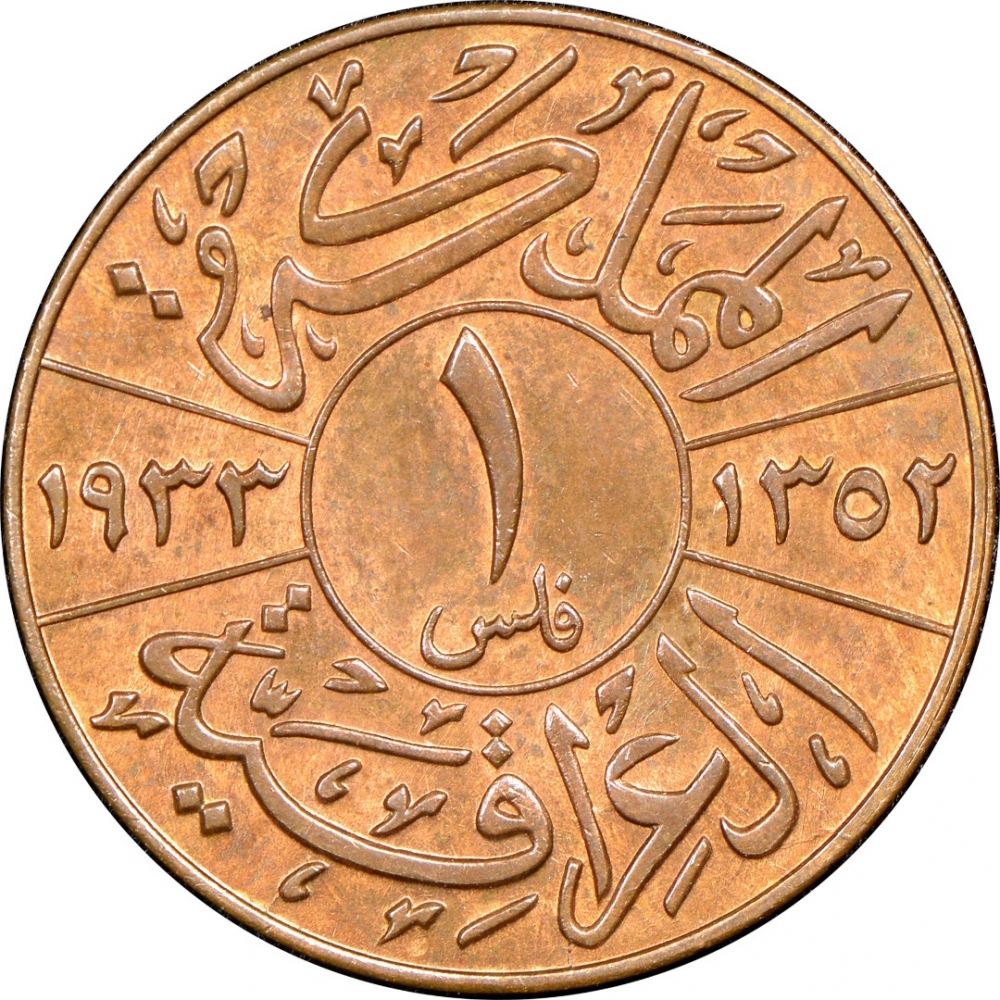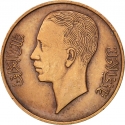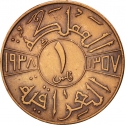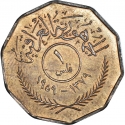You are about to finish your registration. Please check your mailbox (including spam folder). There should be a letter with a confirmation link. Check setting to make sure that your e-mail address is correct.
Send letter againDescription
The Hashemite Kingdom of Iraq was a state located in the Middle East from 1932 to 1958.
Faisal I bin Al-Hussein bin Ali Al-Hashemi (1885–1933) was King of Iraq from 23 August 1921 until his death in 1933. A member of the Hashemite family, he was a leader of the Great Arab Revolt during the First World War and ruled as the unrecognized King of the Arab Kingdom of Syria from March to July 1920 when he was expelled by the French.
In August 1921, in accordance with the decision made at the Cairo Conference, the British arranged for Faisal to become king of a new Kingdom of Iraq under British administration. During his reign, Faisal fostered unity between Sunni and Shiite Muslims to encourage common loyalty and promote pan-Arabism with the goal of creating an Arab state that would include Iraq, Syria and the rest of the Fertile Crescent. In 1932, he presided over the independence of Iraq upon the end of the British Mandate and the country's entry into the League of Nations. Faisal died of a heart attack in 1933 in Bern, Switzerland at the age of 48 and was succeeded by his eldest son Ghazi.
Obverse

|
Depicts a bust of King Faisal I dividing the inscription "Faisal the First / King of Iraq". فيصل الأول |
|---|---|
Reverse

|
Value in Arabic in a central circle with lettering divided dates and legend (Iraqi Kingdom). المملكة |
| Edge |







